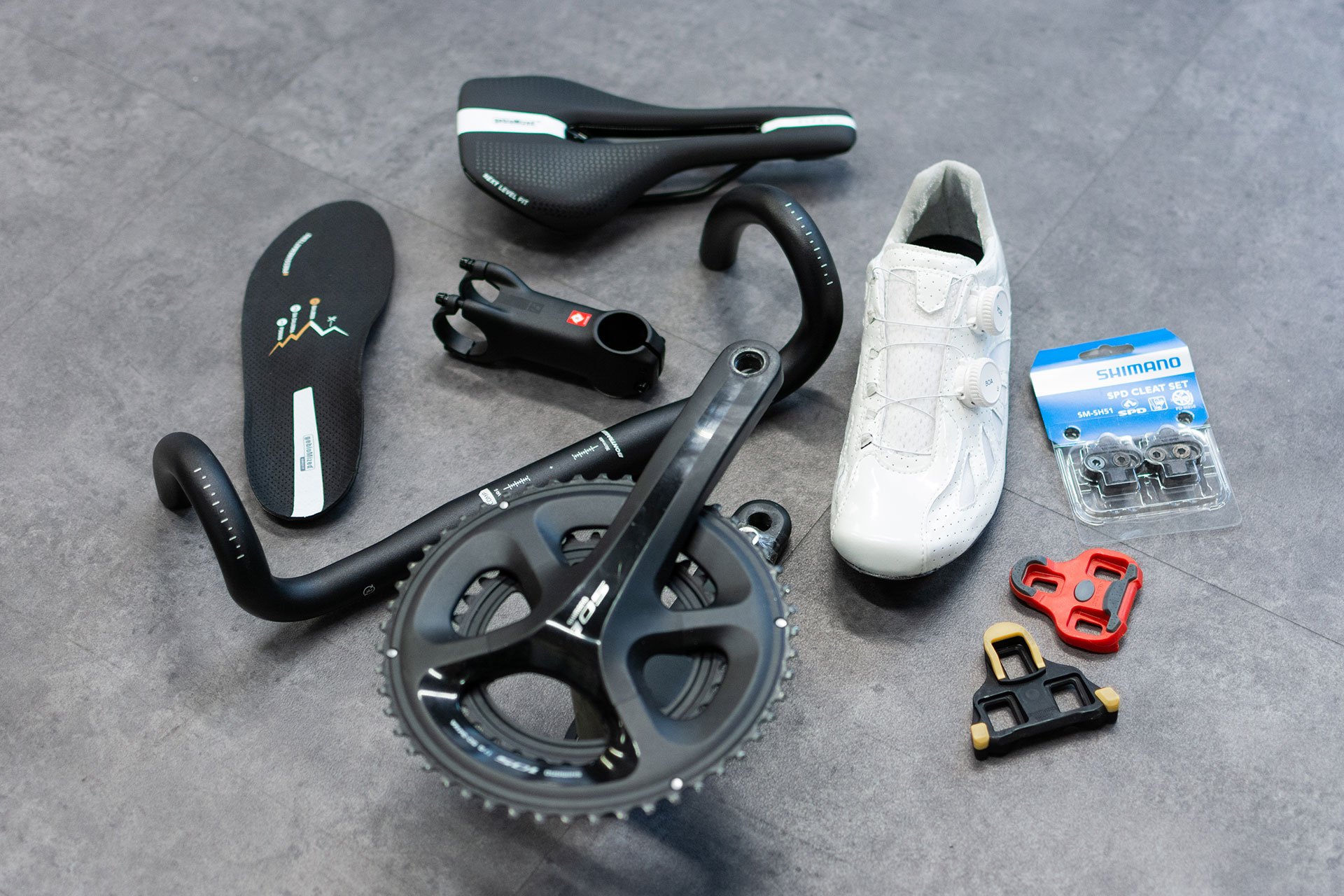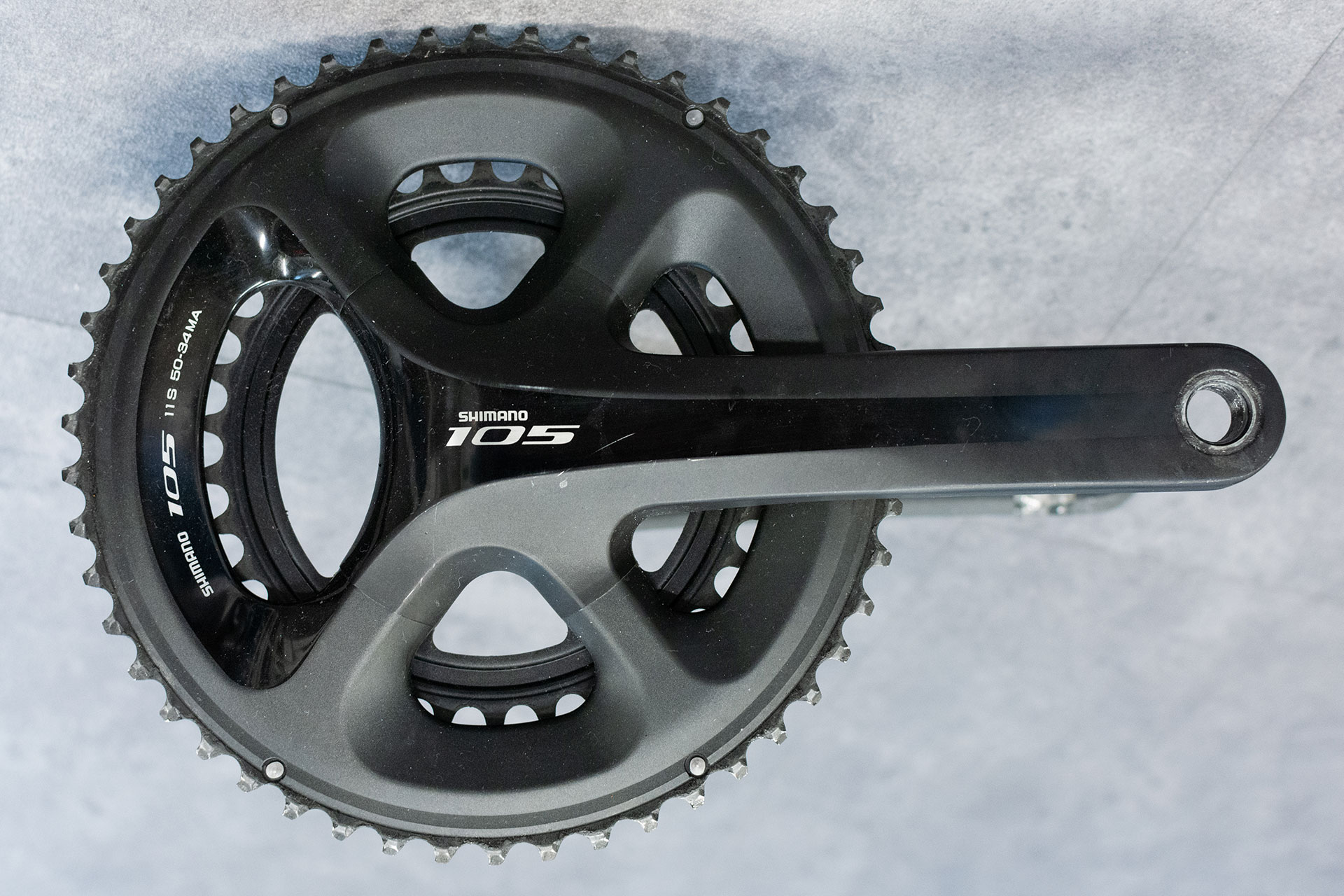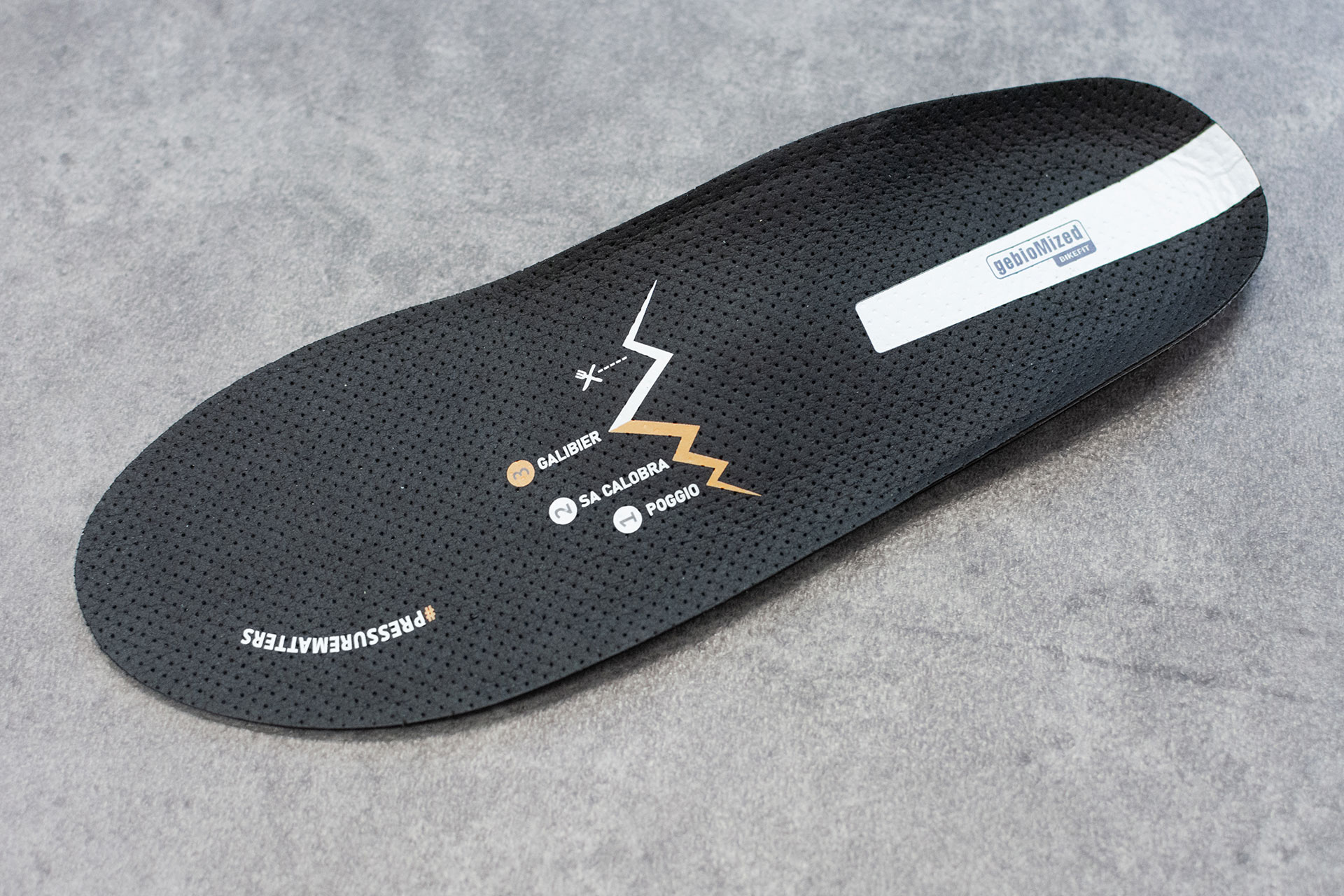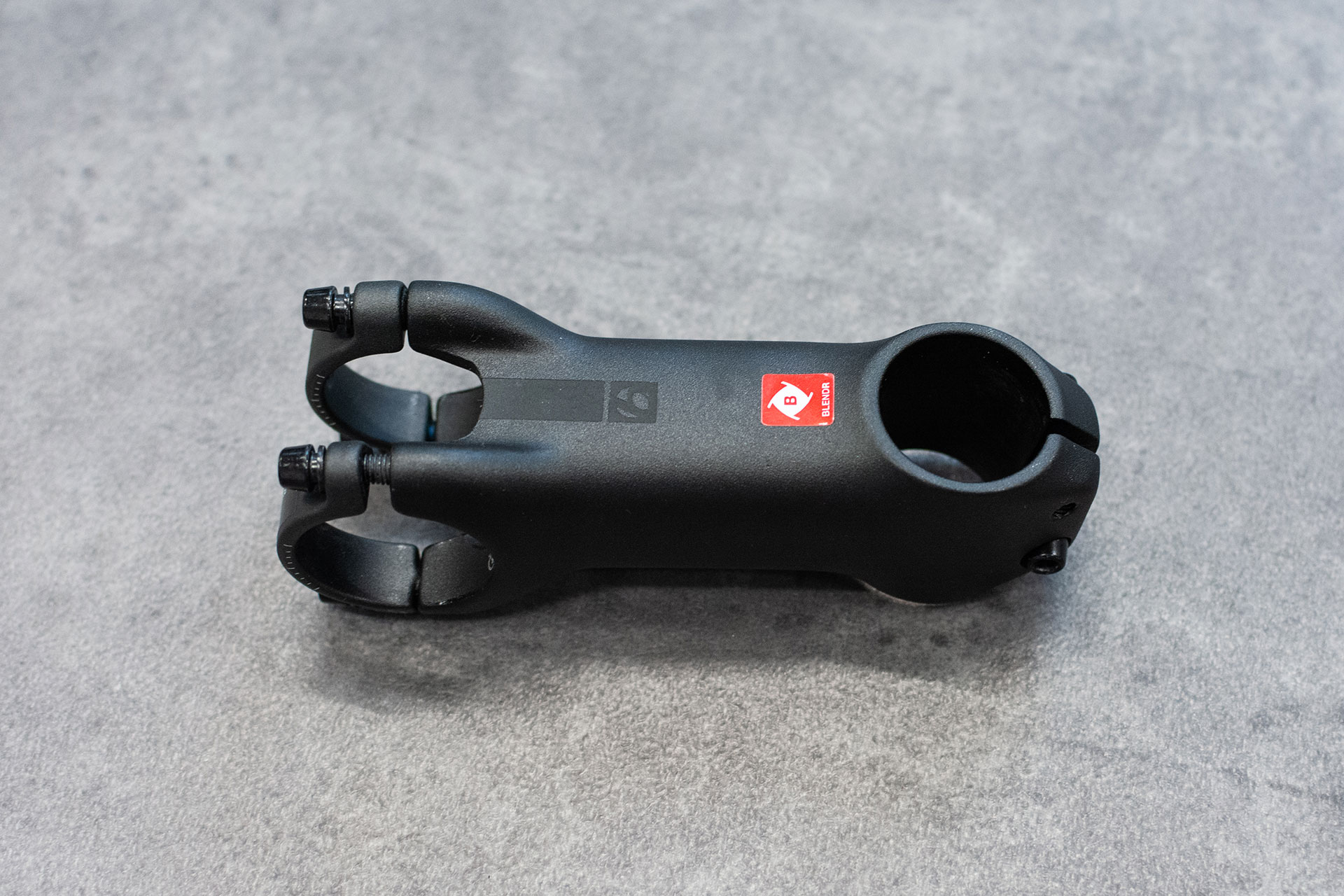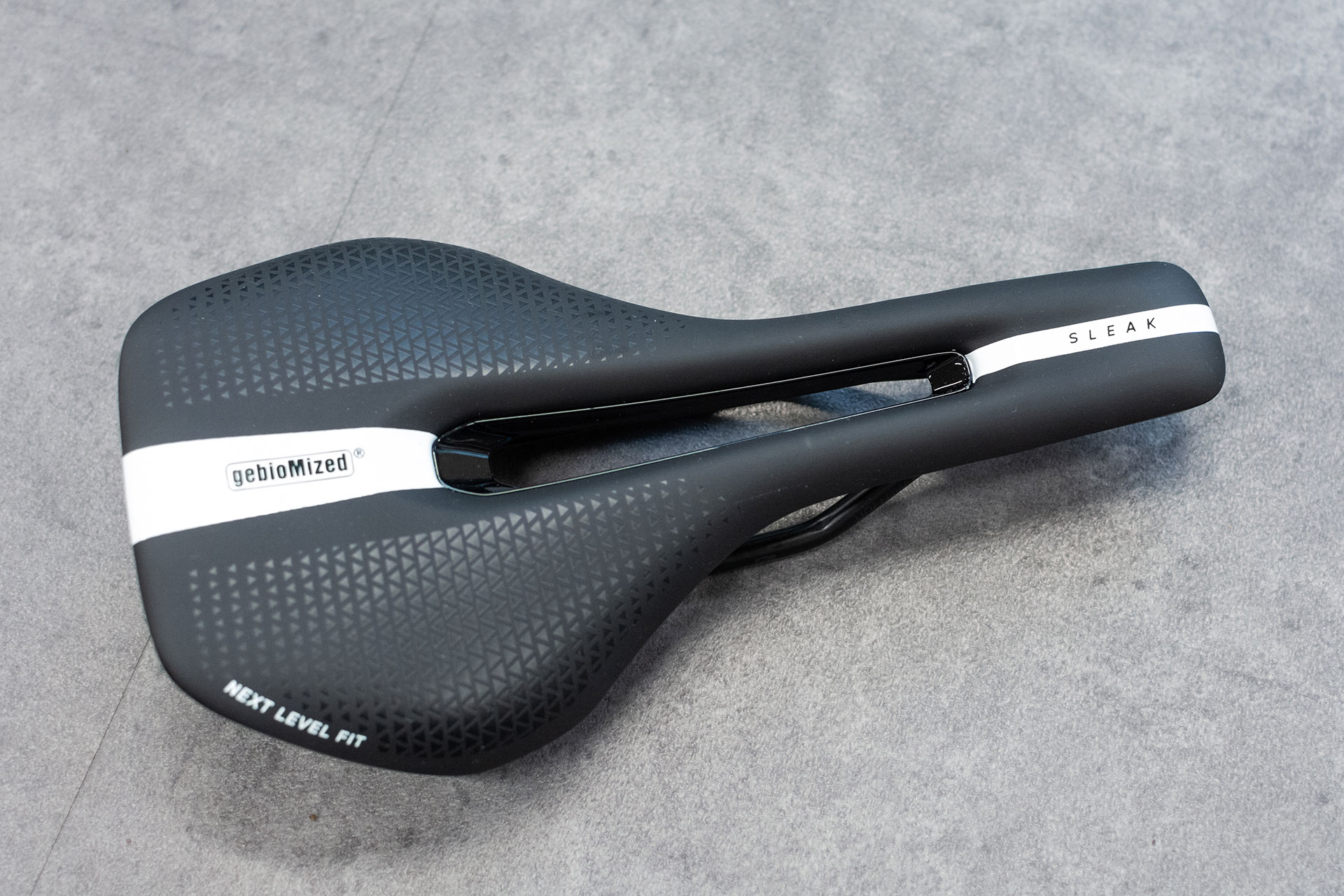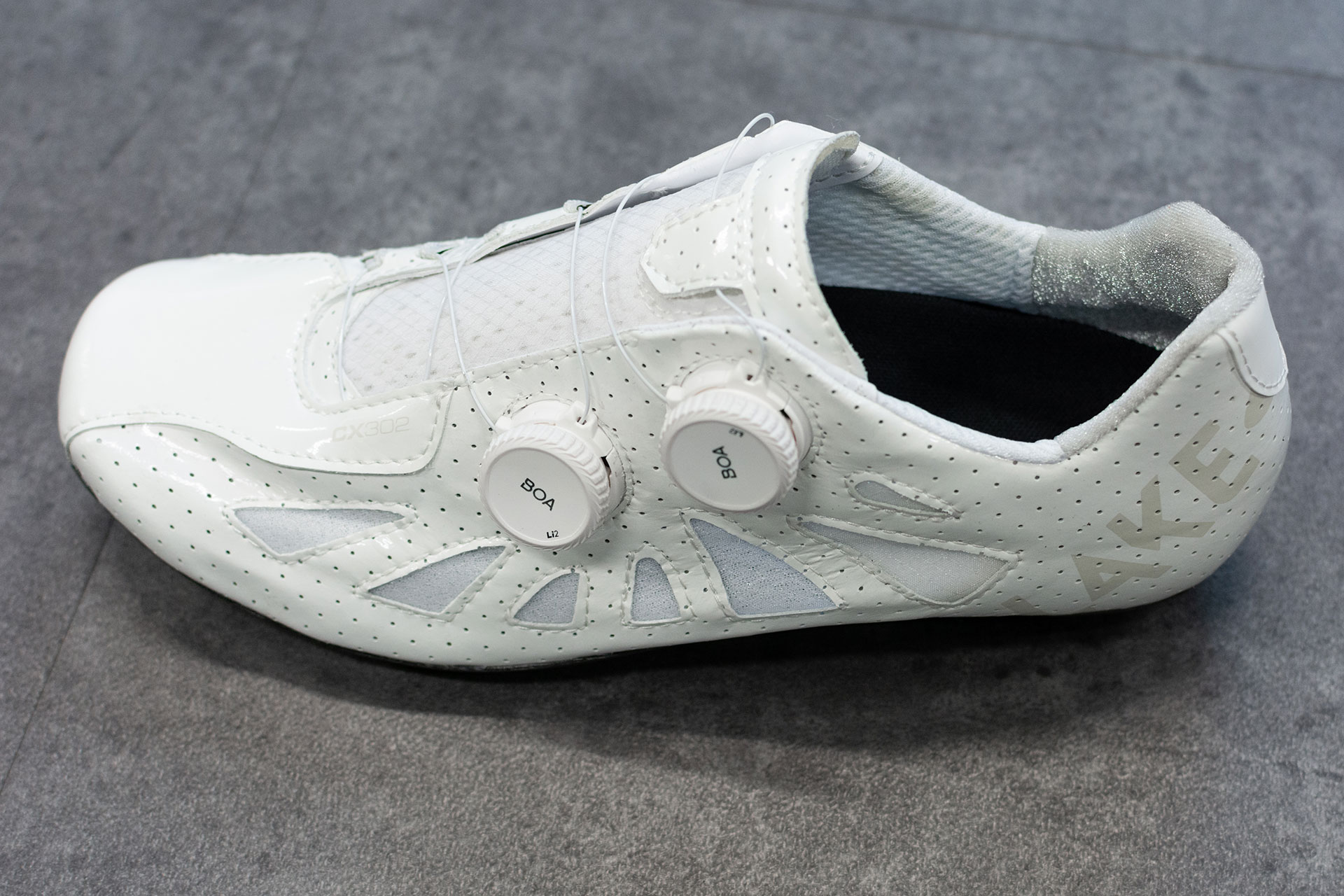Why pro cyclists envy amateur riders
No matter if road bike, triathlon or mountain bike: During our bike fittings we’re often asked about our experiences with the professional athletes. But did you know that many pros do envy amateur cyclists? Because they would love to have the same freedom when it comes to choose your components.
„I’d love to be a pro!“
Okay, time to confess: How often do you think about life as a professional cyclist? Imaging yourself flying up the mountains, winning the final sprint, raising your arms and finally standing on the podium? Not to mention seeing places all around the world and having experts taking care of your training, your diet, your bike fitting. Living the dream.
During our bike fittings, clients often ask about our cooperations with pro teams and riders like Ineos Grenadiers, Anne Haug or Daniela Bleymehl to name a few. Many customers like to compare their values to those of the pros. With questions like these:
- How many watts does a sprinter reach tops?
- How do my force curves compare to those of Fabian Wegmann?
- What is the saddle / handlebar differential of a pro triathlete when competing on the long distance?
- Does a pro always have the optimal pressure distribution on the saddle?
Looking at the cranks, bike fitters are mainly interested in the length of the crank arms.
The insoles in your cycling shoes have significant impact on comfort and power transmission.
Sponsor pays, sponsor decides
But we’d like to ask a different kind of question, that is more like the other way round: Have you ever thought about if pro cyclists envy amateurs? Do amateur riders maybe have some advantages that many pros would love to have? Let us answer that question: They do! Being free to choose whatever components they want and need.
There is one simple reason why pros don’t have this freedom of choice. Being an employee of their team, they have to comply with the specifications of the sponsors. Like the bike partner, who decides which framesets may be used. Sometimes they even make restrictions on the sizes of the frames that might be used. Which not only can lead to problems for the riders, but also some headaches for their bike fitters. Other sponsors want to decide what groupsets, wheels, tyres or shoes are being used, because they want to promote them.
From our biomechanical perspective as bike fitterers, we are obviously most interested in the ergonomic components on the points of contact:
Cockpit
form of the handlebar, stem, levers, …
Saddle
saddle model, seat post,….
Power transmission
pedals, cycling shoe, insoles, …
More compromises, less performance
In many cases the ergonomically important components are determined by the sponsors. Often the riders don’t even get access to the whole product range of the sponsor. Of course, with well-trained muscles and additional stabilizing training, pro riders can partially compensate the disadvantages of these not perfectly fitting components. But truth is that every compromise made could lead to losses in performance.
Which brings us to amateur riders. Not being as trained as the pros, their muscles can’t hold as extreme positions on the bike. But they have this big advantage of being able to choose just the best components. Where “best” doesn’t necessarily refer to „most expensive“. First of all it’s the perfect fitting component, that can become the game changer. Like different pedals, that are fitting to the knee positioning. Or a broader saddle with more comfort for the hip bones. Maybe another shoe from another brand helps optimizing power transmission to the pedal. The rider is free to choose just the right parts to eliminate problems, boost comfort and gain more power. Last but not least this is a great advantage for every bike fitter, determining the individually optimal components during a proper analysis.
Freedom of choice is a luxury for which many pros really envy amateur riders.
And that’s something we know first-hand.

